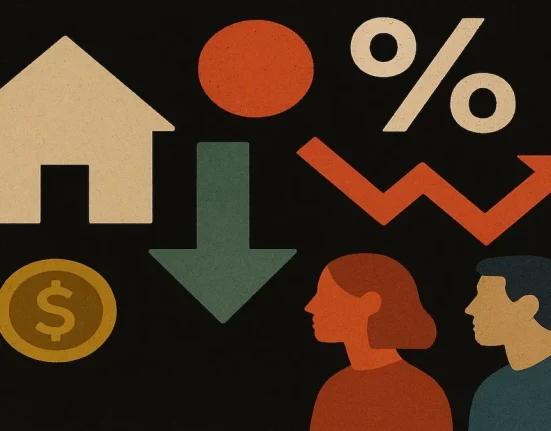Why traditional income docs fall short — and why demand is rising
Tax returns often understate self-employed income because of legal deductions and fluctuating revenue. Conventional underwriting can therefore misrepresent a borrower’s true ability to repay. Bank Statement Loans solve this by measuring real deposit-giving lenders with a clearer picture of sustainable earnings.
The trend: America’s independent workforce keeps expanding. In 2024, 72.7 million people — about 42 percent of the U.S. workforce — earned income as independent workers mbopartners.com. By May 2025, roughly 10 million workers were classified as unincorporated self-employed in the Bureau of Labor Statistics’ household survey, returning to pre-pandemic highs bls.gov. More borrowers than ever therefore need income-flexible mortgage options.
Key requirements to qualify
- 2+ years of self-employment history
- 12–24 consecutive personal or business bank statements
- Entity documents or CPA/tax-preparer letter confirming 2 years’ self-employment
- 620 + (higher scores = better terms)
- 10 %+ down payment (20 %+ preferred for pricing)
How lenders analyze bank statement income
- Select Statement Type & Period
- Personal: deposits often counted at 100 %.
- Business: deposits adjusted by an expense factor.
- Identify Eligible Deposits
- Count income-related deposits only.
- Exclude transfers, refunds, loan proceeds, Zelle/Venmo.
- Document large spikes with invoices or contracts.
- Average Monthly Deposits
- Sum eligible deposits (12 or 24 months) and divide by months.
- Apply Expense Factor
- Default is usually 50 % of deposits.
- Range 10–70 % depending on business type, number of employees (including 1099), does the business have a physical location or operate out of home.
- A CPA letter versing a lower ratio (e.g., 30 %) can boost income.
- Determine Qualifying Income
- Adjusted figure becomes the income used for the debt-to-income (DTI) ratio.
Example: 12-Month business bank statement
| Step | Amount |
|---|---|
| Total deposits | $480,000 |
| Avg. monthly deposits | $40,000 |
| 50 % expense factor | ➜ $20,000/mo. qualifying income |
| CPA letter @ 30 % | ➜ $28,000/mo. qualifying income |
Lower expenses can reduce DTI and raise maximum loan size.
Pro tips for success
- Keep business and personal accounts separate.
- Obtain a CPA/tax-preparer letter to lower the expense factor.
- Avoid NSF (non-sufficient-fund) entries; they signal cash-flow stress.
- Provide paperwork for irregular deposits to speed underwriting.
Conclusion: Empowering self-employed borrowers
Bank Statement Loans recognize the complexity — and strength — of self-employed income. By relying on verifiable cash flow rather than heavily written-off tax returns, these loans level the playing field, giving entrepreneurs, freelancers, and independent contractors access to the same home-ownership opportunities as W-2 employees.
Darrin J. Seppinni is the President of HomeLife Mortgage.
This column does not necessarily reflect the opinion of HousingWire’s editorial department and its owners.
To contact the editor responsible for this piece: [email protected].







